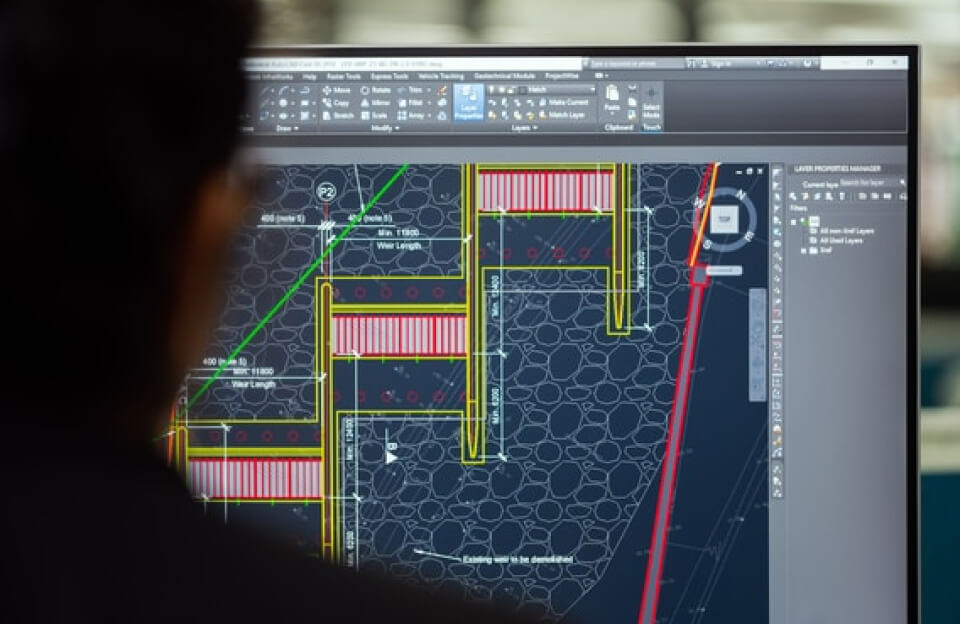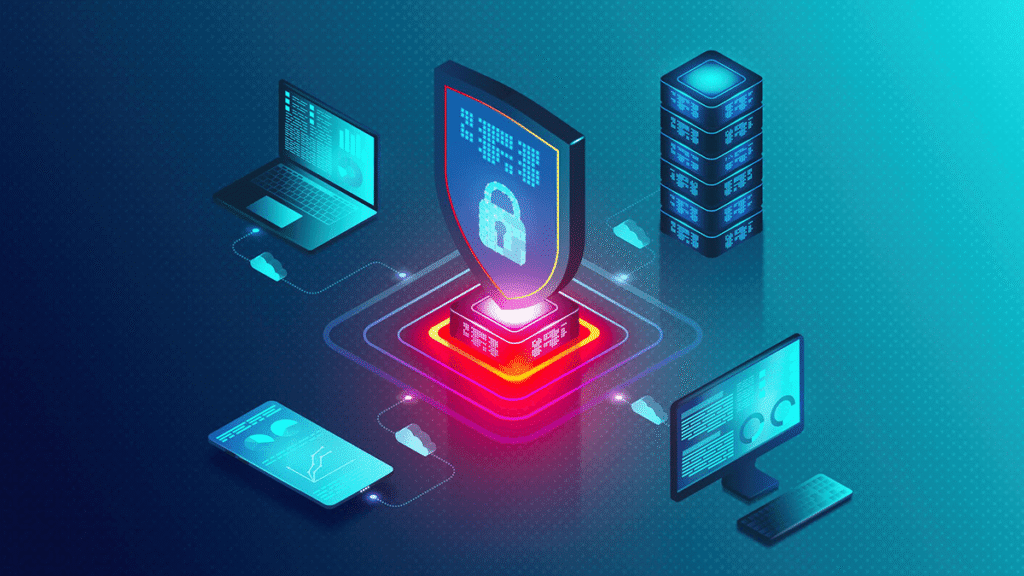In 2025, businesses face a cyber threat landscape more complex than ever before. Remote work, cloud applications, and the explosion of connected devices have redefined how organizations operate—and how hackers target them. Traditional security models, which assumed that users and devices within a company network could be trusted, are no longer sufficient.
This is where Zero-Trust Architecture (ZTA) comes in. Zero-Trust is not just a buzzword; it’s a paradigm shift in enterprise software security. It is fundamentally changing how organizations design, deploy, and use their software systems. But why exactly is Zero-Trust reshaping enterprise software, and what does it mean for the future of business security?
The Problem with Traditional Security Models
For decades, companies used a “castle-and-moat” approach to security. If you were inside the corporate network, you were trusted. Firewalls, VPNs, and perimeter defenses worked like the walls of a castle, designed to keep threats out.
But in today’s digital-first environment, that model is dangerously outdated. Employees work from coffee shops, home offices, and airports. Businesses rely on cloud-based applications that live outside of the corporate data center. Sensitive information flows between vendors, partners, and clients across multiple platforms.
The result? A wider attack surface and more opportunities for breaches. In fact, studies in 2025 show that over 60% of security breaches now originate from within the network, often through compromised accounts or insider threats. Clearly, the castle walls are no longer enough.
What Is Zero-Trust Architecture?
Zero-Trust flips the traditional model on its head. Instead of assuming trust based on location or device, it enforces a “never trust, always verify” principle.
In practice, Zero-Trust means:
- Continuous Authentication: Every user and device must be verified every time they access a resource, not just at login.
- Least Privilege Access: Users are given only the permissions they need, nothing more.
- Micro-Segmentation: Networks are divided into smaller zones to contain potential breaches.
- Visibility and Analytics: Real-time monitoring and AI-driven insights detect unusual activity immediately.
This makes Zero-Trust far more adaptable to modern work environments, where employees, contractors, and third-party tools all interact with enterprise software.
Why Zero-Trust Is Reshaping Enterprise Software
1. Cloud-First Environments Demand It
The shift to SaaS (Software as a Service) means businesses no longer control the physical servers where their data lives. Zero-Trust ensures that access to these systems is tightly monitored and controlled, regardless of where the application is hosted.
2. Remote and Hybrid Workforces Are the New Normal
With employees logging in from multiple devices and locations, companies need a model that protects assets even outside the traditional office network. Zero-Trust ensures secure access whether someone is at headquarters, at home, or on the road.
3. Regulatory Compliance Requires Stronger Controls
Governments are tightening data protection regulations, from GDPR updates to industry-specific compliance standards. Zero-Trust provides the granular access control and audit trails businesses need to stay compliant.
4. The Rise of AI-Powered Threats
Cyberattacks are no longer random brute-force attempts. Hackers use AI to mimic user behavior, exploit API weaknesses, and launch targeted campaigns. Zero-Trust software integrates AI-driven monitoring to identify anomalies before they escalate.
5. Enterprise Software Vendors Are Embedding Zero-Trust by Default
Major enterprise platforms like Microsoft, Google, and Oracle are baking Zero-Trust principles directly into their offerings. In 2025, businesses adopting new enterprise software will find ZTA features already integrated.
Benefits of Zero-Trust for Businesses
- Reduced Risk of Data Breaches
By verifying every action and limiting access, Zero-Trust minimizes the impact of stolen credentials or insider threats. - Better User Accountability
Every action is logged and analyzed, creating a clear record of who accessed what and when. - Improved Business Agility
Companies can safely collaborate with vendors and partners, granting secure access to only the data or systems they need. - Scalability in a Cloud-Driven World
Zero-Trust frameworks adapt easily to new apps, devices, and users without compromising security. - Enhanced Data Protection Across Platforms
Whether data is stored on a company server, a SaaS platform, or being moved through secure tools to send large files, Zero-Trust ensures it remains protected at every stage.
Challenges of Implementing Zero-Trust
While the benefits are clear, transitioning to Zero-Trust is not without challenges:
- Cost and Complexity: Rolling out a Zero-Trust framework across legacy systems requires investment and time.
- User Experience: Too much friction in authentication can frustrate employees. Balancing security with usability is critical.
- Cultural Shift: Employees must adjust to stricter access controls, which can initially feel restrictive.
- Vendor Selection: Not all enterprise software solutions offer mature Zero-Trust features yet, so choosing the right partners is essential.
Best Practices for Adopting Zero-Trust in Enterprise Software
- Start with Identity and Access Management (IAM): Ensure multi-factor authentication and least privilege access are enforced across all systems.
- Segment Your Network: Use micro-segmentation to isolate sensitive data from general systems.
- Adopt Secure File Sharing Practices: Enterprise software should integrate with trusted platforms when transferring sensitive data. For example, businesses often need to send large files to clients, and combining Zero-Trust principles with secure file transfer tools reduces the risk of interception.
- Monitor and Adapt Continuously: Implement real-time monitoring and AI-driven threat detection to stay ahead of evolving attacks.
- Educate Employees: Train staff on why Zero-Trust matters and how it protects both the company and their personal data.
The Future of Zero-Trust and Enterprise Software
Looking ahead, Zero-Trust will not be an optional upgrade but the default standard for enterprise software security. We are moving toward a future where self-adaptive security systems automatically adjust access levels in real-time based on behavior patterns.
In addition, advancements in quantum computing will require even stronger encryption, and Zero-Trust will play a critical role in ensuring enterprises remain resilient against these new threats.
Conclusion
Zero-Trust Architecture is more than a security framework—it’s a fundamental shift in how businesses approach software design, user access, and data protection. In a world where cyber threats are evolving faster than ever, the “never trust, always verify” model is proving essential.
For enterprises in 2025 and beyond, adopting Zero-Trust is not just about protecting information; it’s about enabling innovation, ensuring compliance, and building customer trust in an increasingly digital economy.


